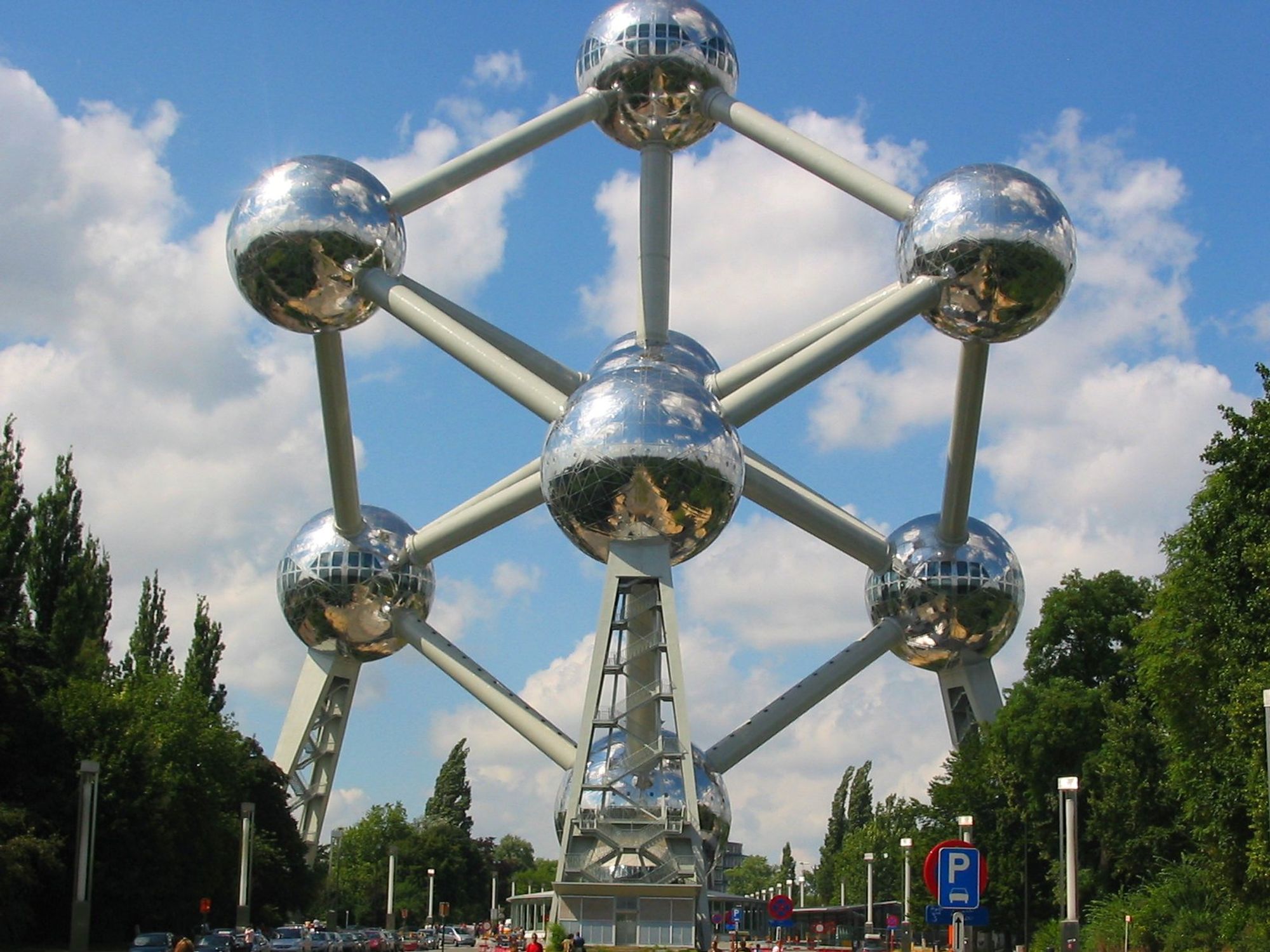Taken from Wikipedia
Brussels (French: Bruxelles [bʁysɛl] (listen) or [bʁyksɛl] (listen); Dutch: Brussel [ˈbrʏsəl] (listen)), officially the Brussels-Capital Region[7][8] (French: Région de Bruxelles-Capitale;[a] Dutch: Brussels Hoofdstedelijk Gewest),[b] is a region of Belgium comprising 19 municipalities, including the City of Brussels, which is the capital of Belgium.[9] The Brussels-Capital Region is located in the central portion of the country and is a part of both the French Community of Belgium[10] and the Flemish Community,[11] but is separate from the Flemish Region (within which it forms an enclave) and the Walloon Region.[12][13] Brussels is the most densely populated and the richest region in Belgium in terms of GDP per capita.[14] It covers 162 km2 (63 sq mi), a relatively small area compared to the two other regions, and has a population of over 1.2 million.[15] The five times larger metropolitan area of Brussels comprises over 2.5 million people, which makes it the largest in Belgium.[16][17][18] It is also part of a large conurbation extending towards Ghent, Antwerp, Leuven and Walloon Brabant, home to over 5 million people.[19]
Brussels grew from a small rural settlement on the river Senne to become an important city-region in Europe. Since the end of the Second World War, it has been a major centre for international politics and home to numerous international organisations, politicians, diplomats and civil servants.[20] Brussels is the de facto capital of the European Union, as it hosts a number of principal EU institutions, including its administrative-legislative, executive-political, and legislative branches (though the judicial branch is located in Luxembourg, and the European Parliament meets for a minority of the year in Strasbourg).[21][22][c] Its name is sometimes used metonymically to describe the EU and its institutions.[23][24] The secretariat of the Benelux and headquarters of NATO are also located in Brussels.[25][26] As the economic capital of Belgium and one of the top financial centres of Western Europe with Euronext Brussels, it is classified as an Alpha global city.[27] Brussels is a hub for rail, road and air traffic,[28] sometimes earning the moniker "Crossroads of Europe".[29] The Brussels metro is the only rapid transit system in Belgium. In addition, both its airport and railway stations are the largest and busiest in the country.[30][31]
Historically Dutch-speaking, Brussels saw a language shift to French from the late 19th century.[32] The Brussels-Capital Region is officially bilingual in French and Dutch,[33][34] even though French is now the lingua franca with over 90% of the inhabitants being able to speak it.[35][36] Brussels is also increasingly becoming multilingual. English is spoken as a second language by nearly a third of the population and many migrants and expatriates speak other languages as well.[35][37]
Brussels is known for its cuisine and gastronomy,[38] as well as its historical and architectural landmarks; some of them are registered as UNESCO World Heritage sites.[39] Main attractions include its historic Grand Place, Manneken Pis, the Atomium, and cultural institutions such as La Monnaie/De Munt and the Museums of Art and History. Due to its long tradition of Belgian comics, Brussels is also hailed as a capital of the comic strip.[2][40]
